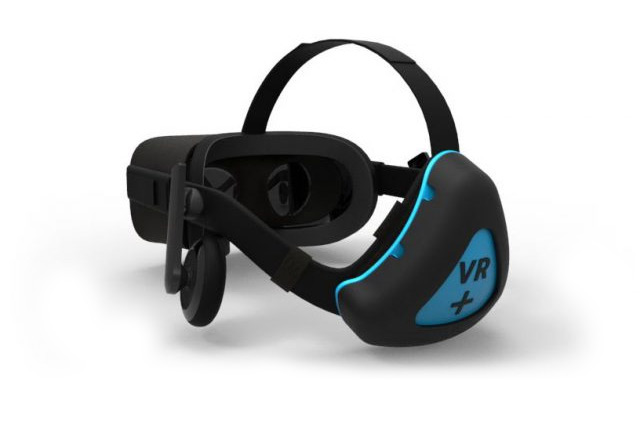
Other existing wireless solutions for headsets like the HTC Vive and Oculus Rift, such as TPCast, utilize a bespoke transmission and receiver system to handle the high data throughput of wireless VR. IMR’s solution differs in that it operates over standard Wi-Fi networks, which is only possible because of its specialized compression algorithm.
Although there are some companies experimenting with VR compression using existing codecs, their downside is that they engender added latency because they weren’t specifically designed with VR in mind. IMR’s solution eliminates that, we’re told, with a latency of between two and three milliseconds with as much as 95-percent data compression, as per RoadtoVR.
Testing of early prototypes suggests that there is no obvious difference between IMR’s wireless VR solution and traditional wireless virtual reality in terms of responsiveness. Better yet, because of the low-latency and high-compression, the system is compatible with both Wi-Fi 802.11ac and ad standards, so it should work on most home networks without too much additional hardware.
RoadtoVR did report some visual differences due to the compression but was told that the algorithm making it all possible was tunable depending on the game and the available Wi-Fi bandwidth, so visual fidelity will no doubt improve with further development.
It’s also possible that IMR will be able to make use of foveated rendering with in-headset eye-tracking to further reduce the need to compress visual data.
The system does require a small transmission box and a receiver which the headset user wears around their waist but is pretty lightweight as far as hardware goes. It’s said to be compatible with the Oculus Rift and HTC Vive and can scale up for use with OEM devices which are experimenting with 4K per-eye visuals at up to 120Hz, so should be compatible with future generations of headsets, too.
Although IMR is hoping that its design will be built into those headsets of the future, for now, it is seeking a manufacturing partner to make its wireless solution an add-on option for existing headset owners. It hopes to bring the product to market by the end of 2017.



